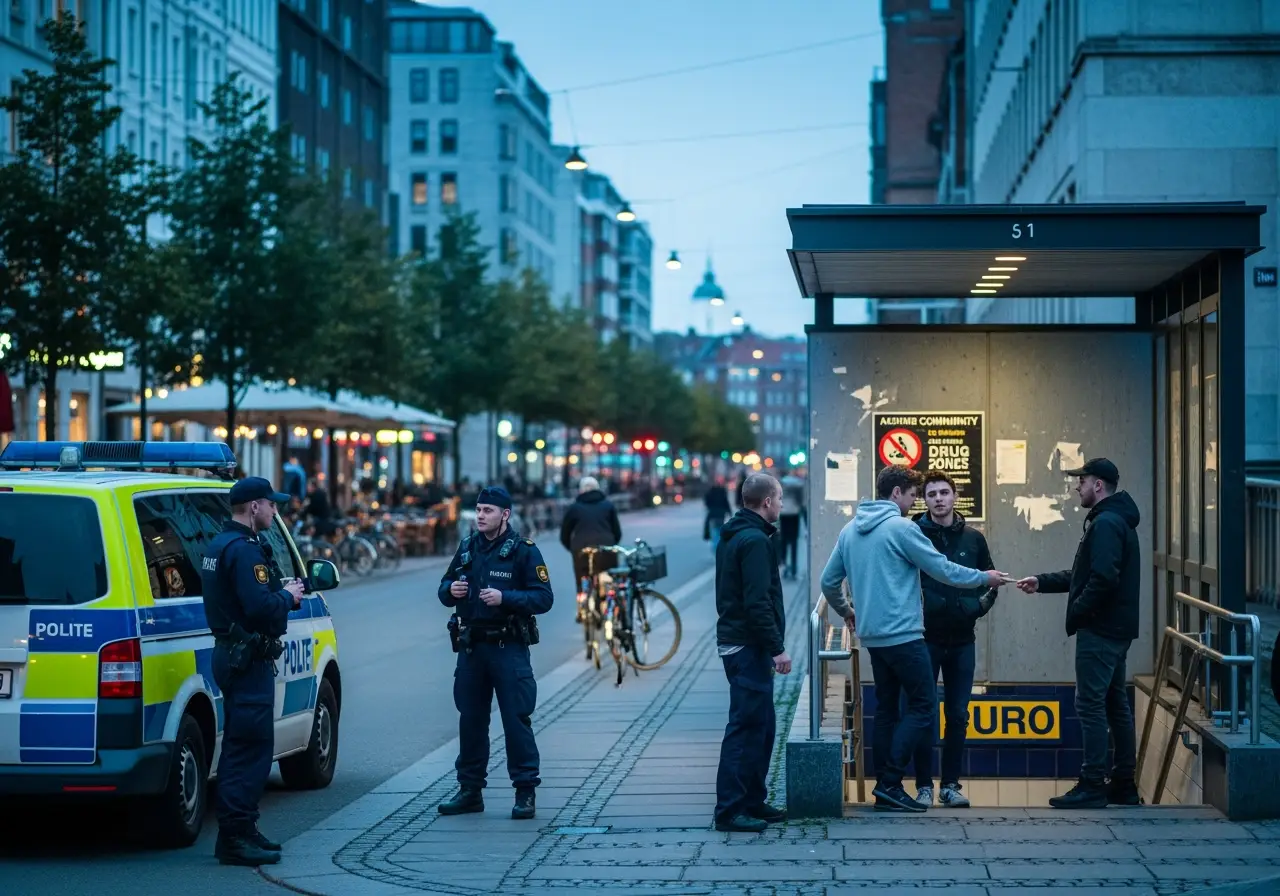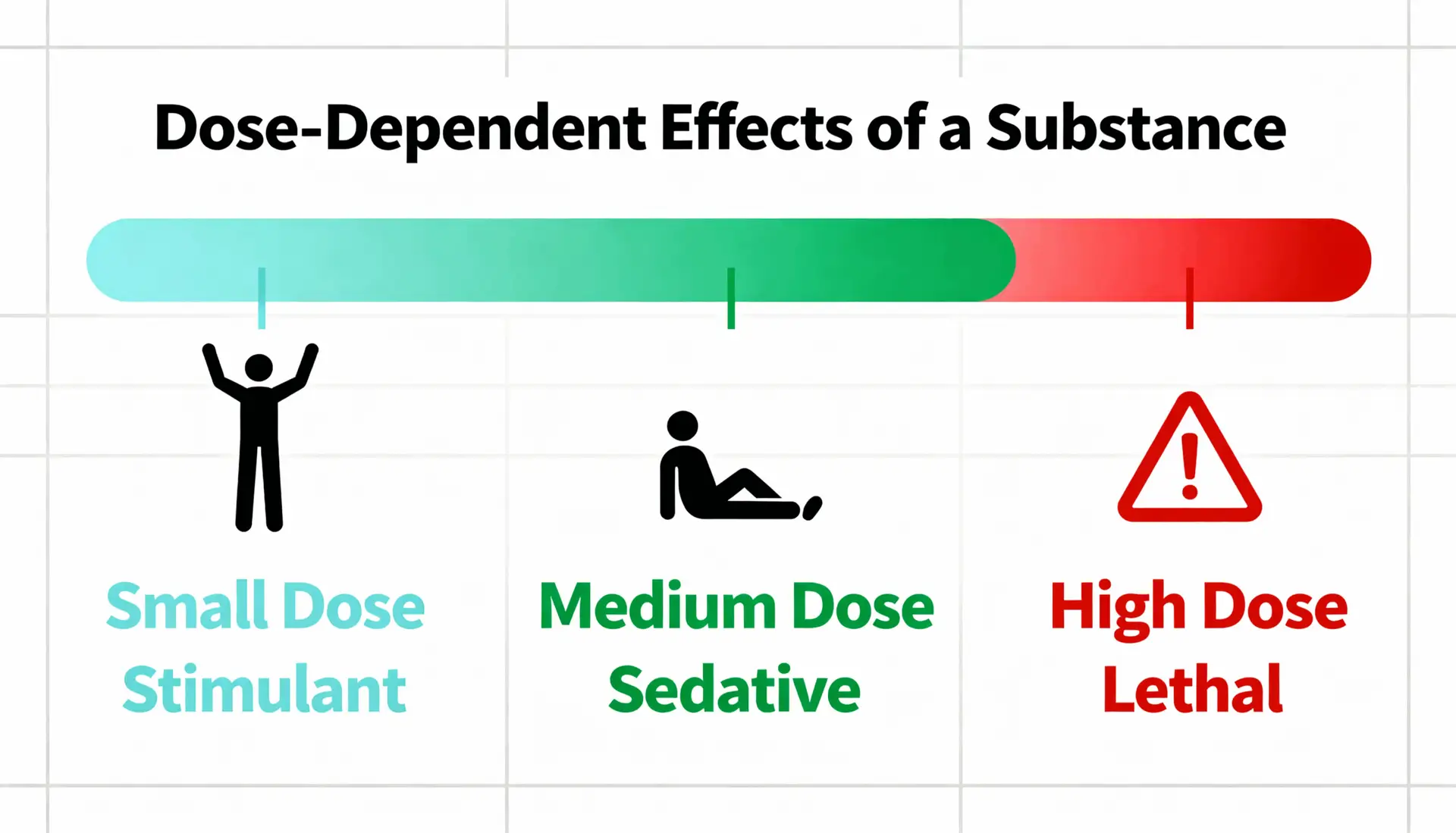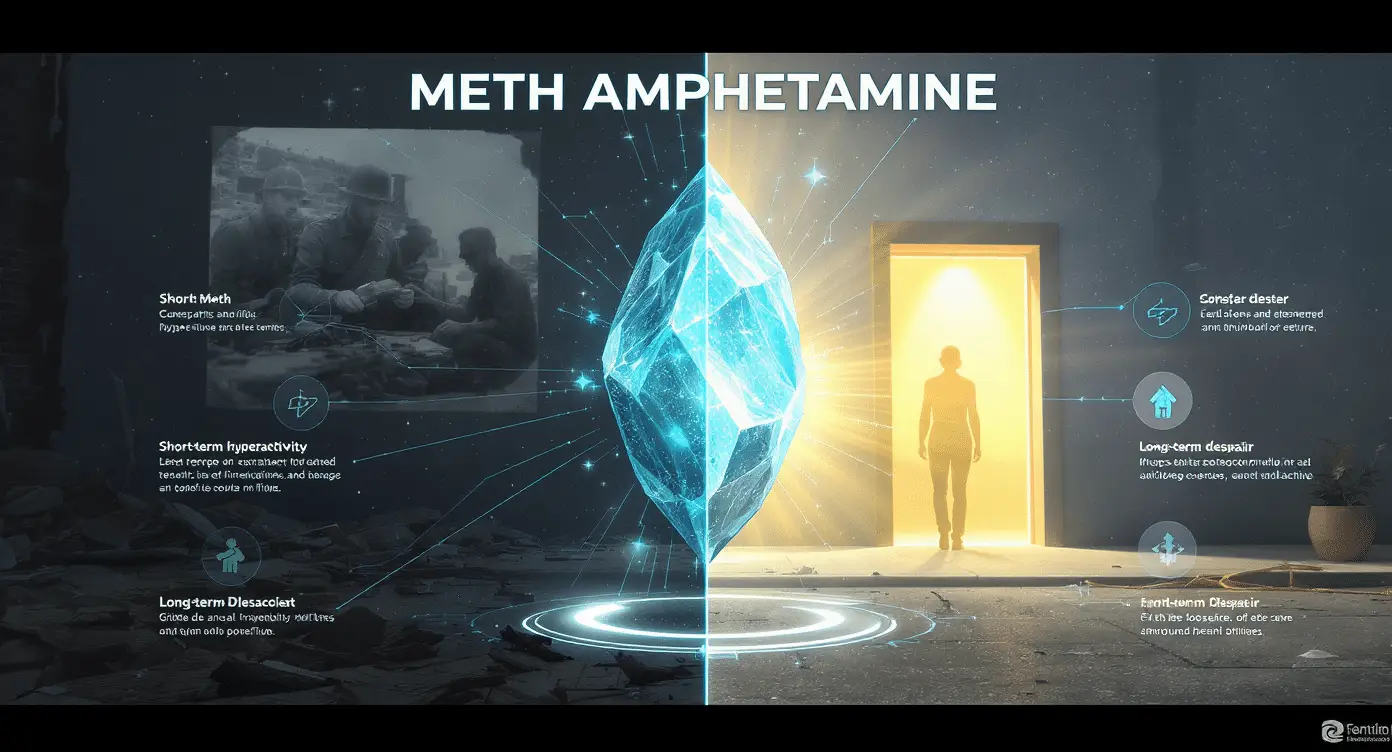Denmark seems a model of progressive social policy. It balances a liberal outlook with public health and safety. This reputation extends to its drug policies. They long championed harm reduction and treatment over punishment. However, this pragmatic approach now faces a severe test. The country is drawn deeper into Europe’s violent drug conflicts. It serves as a key transit point for narcotics. These drugs are destined for the rest of Scandinavia. Denmark also grapples with a domestic market flooded with high-purity cocaine. This highlights the growing challenge of drug trafficking in Denmark.
The Danish dilemma is clear: how does a nation built on trust and welfare contend with modern organized crime? That crime is brutal and borderless. Denmark makes its medical cannabis program permanent. Simultaneously, it fights a rising tide of hard drugs and their criminal networks.
The Northern Corridor for Europe’s Drug Trade: Drug Trafficking in Denmark‘s Role
Denmark’s location is strategic. It is an unavoidable corridor for drugs. These drugs move from production hubs like the Netherlands and Spain. They head towards lucrative markets in Sweden and Norway. Major police operations have revealed sophisticated international networks. Often, these networks have Balkan connections. They use Denmark as a critical logistical link. They transport massive quantities of cocaine, cannabis, and amphetamines.
A recent, long-running operation coordinated with Norwegian authorities dismantled one such criminal network. This network was responsible for drug trafficking in Denmark. As a result, 152 traffickers received collective prison sentences of over 1,000 years in both countries. This stunning figure illustrates the immense problem scale. Law enforcement celebrates such victories. Nonetheless, they also serve as a stark reminder of the sheer volume of drugs passing through the country. For further details on European drug trends, refer to the European Monitoring Centre for Drugs and Drug Addiction (EMCDDA).
The Cocaine Influx and Normalization in Denmark
Like its Nordic neighbors, Denmark sees more available and used cocaine. Wastewater analysis from major cities confirms high consumption levels. The drug is no longer confined to niche user groups. This normalization of a highly addictive stimulant poses a major public health challenge.
Cocaine’s social acceptance can mask its severe consequences. These include a higher risk of cardiovascular events, mental health disorders, and dependency. Furthermore, as the drug becomes common in nightlife, it creates new users. These users may be unaware of the profound risks.
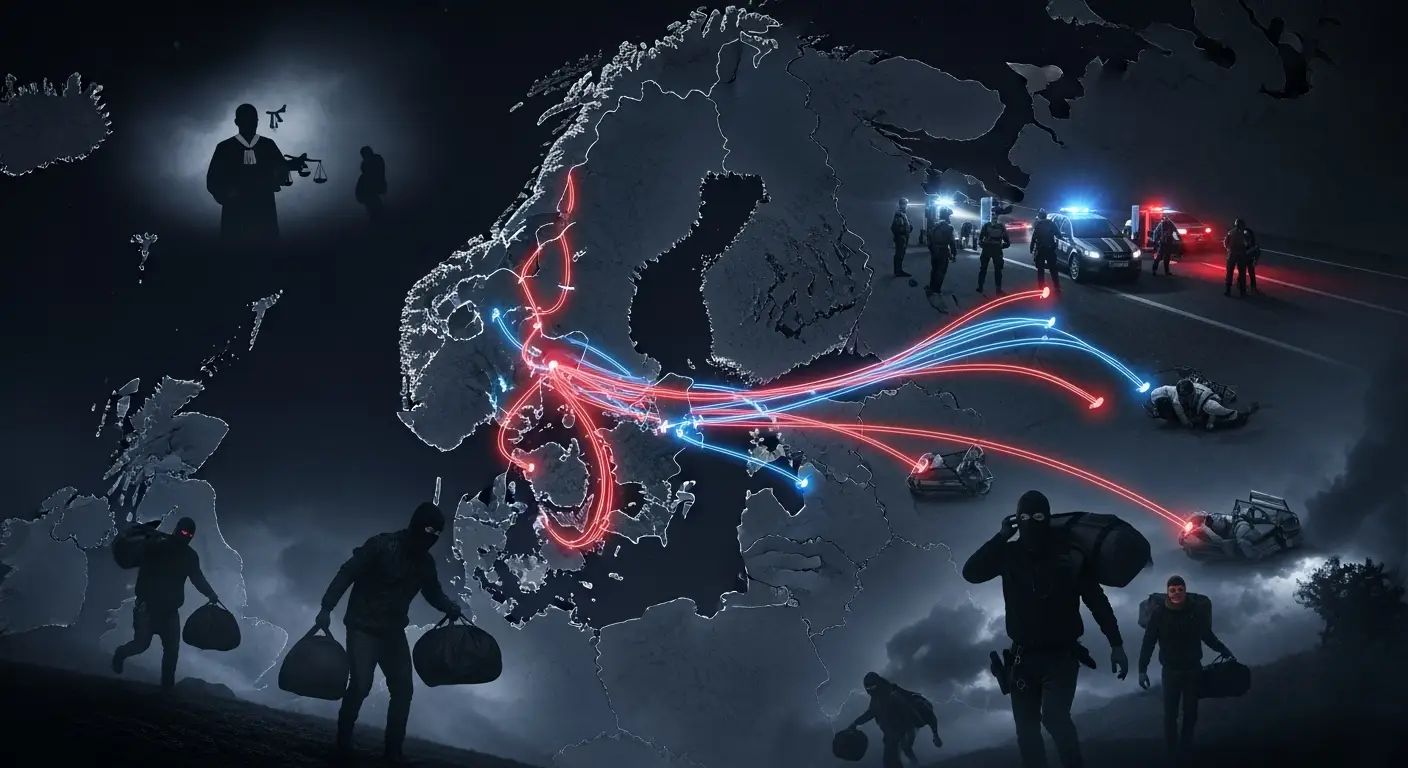
A Nation of Users: High Consumption Rates and Drug Trafficking Impact
Denmark reports some of Europe’s highest lifetime prevalence rates for illicit drug use. Cannabis is the most widely consumed substance. A significant portion of the adult population has tried it. The country’s move to make its medical cannabis pilot scheme permanent reflects a pragmatic approach. It aims to provide safe, regulated products for patients.
However, high consumption rates for other substances are a concern. These include stimulants like cocaine and MDMA. Widespread use creates a large, profitable domestic market. This makes Denmark not just a transit country but a valuable destination for traffickers. This directly impacts the scale of drug trafficking in Denmark.
The Battle Against Overdoses and New Threats
Denmark has a well-developed public health system. Harm reduction services aim to minimize drug use damage. Nevertheless, like the rest of Europe, it faces a constant threat. New, highly potent synthetic drugs emerge. Denmark has not seen a widespread crisis like North America’s fentanyl epidemic yet. However, the potential for these substances to enter the drug supply deeply concerns health authorities.
Every overdose death is a preventable tragedy. First responders and drug users need access to naloxone. This overdose-reversal drug is critical to the national strategy. Vigilance and rapid response systems are essential. They detect and react to new, dangerous substances on the market. For more information on national health strategies, consult the Danish Health Authority (Sundhedsstyrelsen).
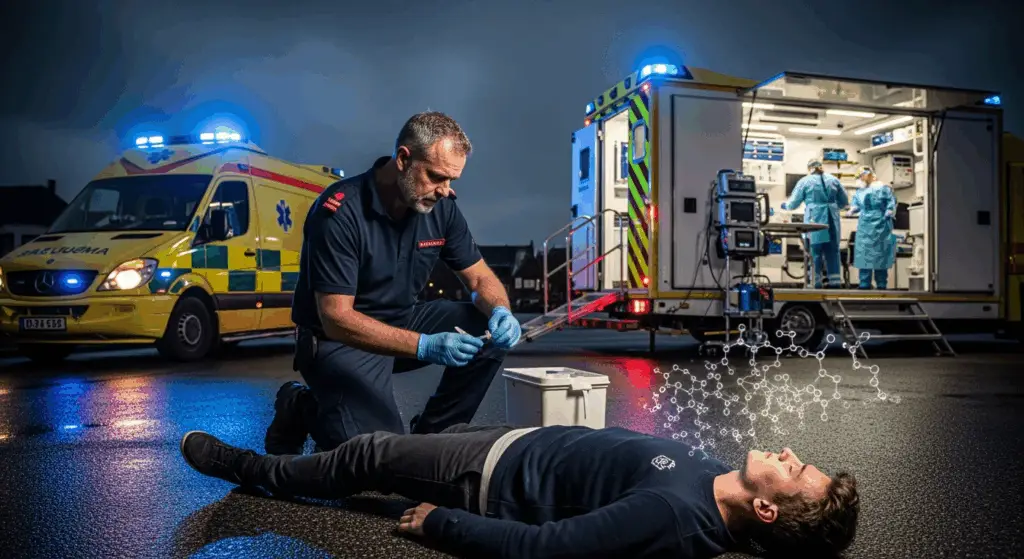
Securing a Nation’s Future Against Drug Trafficking in Denmark
Denmark’s challenge is to maintain its humane, health-focused drug policy. It must also confront the harsh reality of international organized crime. Cracking down on trafficking networks is essential for national security. Yet, it is only one part of the solution. Persistent drug demand drives this entire criminal ecosystem.
This is why the Narconon program provides an indispensable tool. It offers a path to recovery. This path is not about managing addiction but about ending it. Its unique, drug-free approach includes a deep detoxification process. This eliminates drug cravings. It also includes comprehensive life-skills training. This restores self-worth and personal responsibility. Thus, the Narconon program empowers individuals. They build genuinely new, drug-free lives. Denmark values individual well-being and societal safety. Therefore, providing a real way out of addiction is the most effective long-term strategy. It protects its people and secures its future. Learn more about our approach on our [About Us] page.
A Solution for Denmark and Europe
The escalating drug crisis, including challenges from drug trafficking in Denmark and across the Nordic region, demands effective, lasting solutions. Narconon Europe stands as the continental center for Europe. It offers comprehensive, drug-free rehabilitation. This empowers individuals to overcome addiction. If you are concerned about the wider impact of drug issues in the region, you can gain further insight. Read our article on the Nordic Drug Crisis. Narconon Europe commits to helping individuals and communities. We build a brighter, drug-free future.
Sources:
- European Monitoring Centre for Drugs and Drug Addiction (EMCDDA) / European Drug Report
- Eurojust and Europol operational press releases.
- National reports from the Danish Health Authority (Sundhedsstyrelsen).
- Data synthesized from national and European reports on the drug situation.

